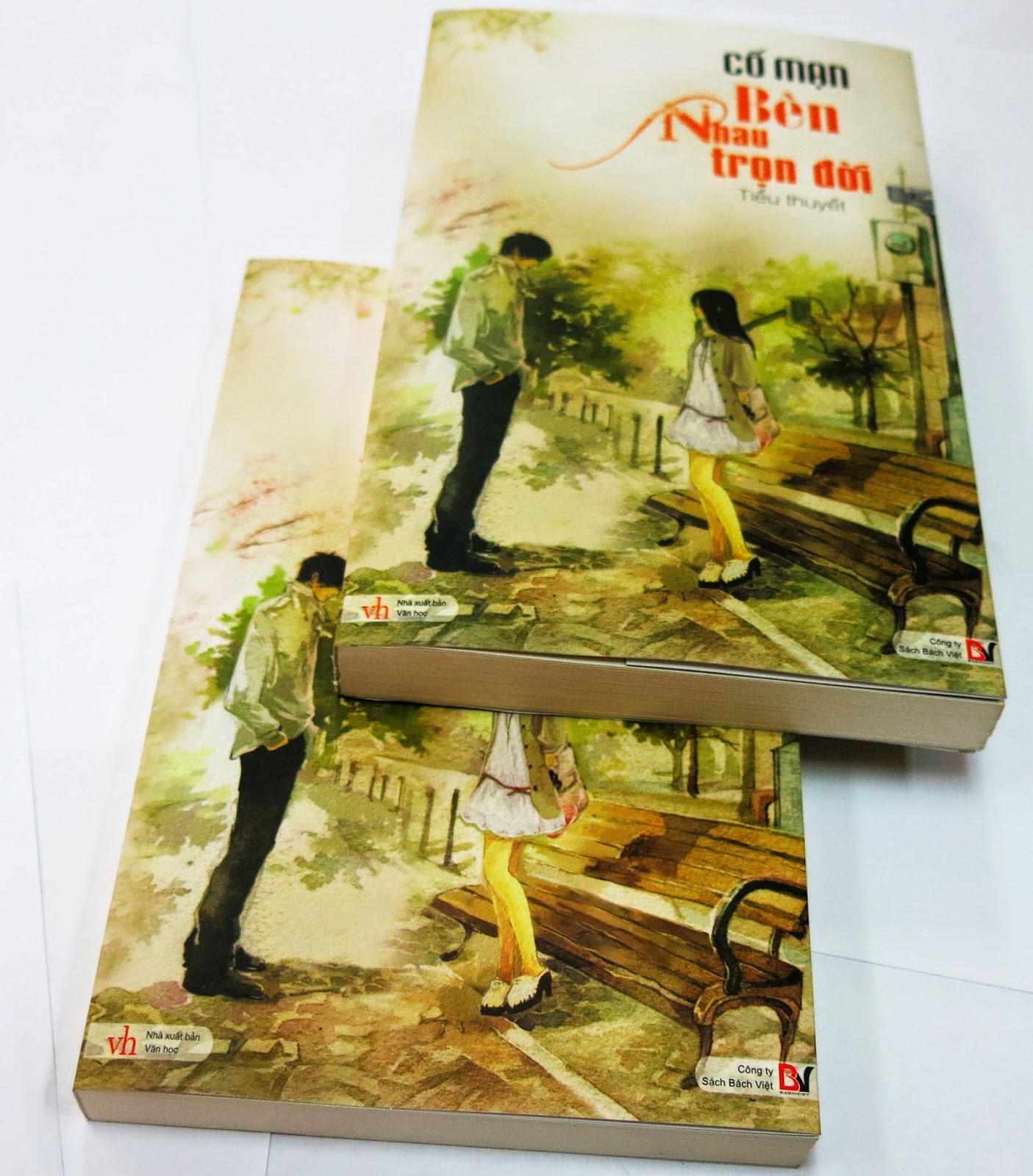THE DIFFERENCES BETWEEN DIGITAL PRINTING AND OFFSET PRINTING
We are one of the leading printers in Offset printing, but
not all of the jobs are done by offset printing technique. After all the calculation
of the costs, we will consider which is best for your project and budget.
Below will be the Pros and Cons of Offset Printing and
Digital Printing. After thorough review of this article, you will definitely
have a deep understanding of the Printing Options.
OFFSET PRINTING
|
DIGITAL PRINTING
|
|
QUALITY
|
Allows the widest range of color re-production. Bright florescence, Pantones®,
metallic, foils and varnishes can all be produced using this method of
printing.
Allows the most accurate color re-production and consistency
|
Color consistency is poor, Pantone® colors, metallic inks, foils or
varnishes cannot be reproduced.
|
In general, offset printing is regarded as being of higher quality;
however, digital printing has made strides in respect to quality and two
copies of the same design – one via offset printing, the other via digital
printing – may appear identical to the untrained eye
|
||
SET UP
|
Since offset printing uses plates, every print job has to be made
into a plate, and the press has to be individually set up for each individual
job. This process costs money and adds an upfront fee to your print job
regardless of quantity, which is called fixed set-up cost.
For example, for a book with 100 pages printed full colors, we will produce
a set of plates for the whole printing and it cost 200usd. So that if we
print with offset printing, even you print 1 book or 1,000 books, you still
have to pay for the fixed set up cost, and in this example it is 200 usd.
|
Since digital printing does not use plates, no setup fees are
involved so you pay a flat price per piece.
|
COST
|
Offset presses can print so rapidly your offset price per piece is
not static, it diminishes with quantity. Thus, for large runs offset printing
becomes far more economical than digital printing because your setup fee is
absorbed by the diminished price per piece.
|
For short runs, digital printing negates a setup fee so it can be far
more economical than offset printing.
|
SIZE
|
A wide variety paper weights, size and textures. Our printing
machines currently can offer the maximum size of 79 x 108 cm (1 color) and 70
x 100 (4 colors)
|
Weight of paper is more limited. Our Digital Printers can offer the
maximum size of 32 x 100 cm.
|
We usually take of order from small to big ones; 20 units or
200,000 units). We can help give advice which is the best option for your
printing and budget.

.JPG)



.JPG)
.JPG)
.JPG)







.JPG)






.jpg)
.gif)



.JPG)
.JPG)

.JPG)

.jpg)
Follow Us
Were this world an endless plain, and by sailing eastward we could for ever reach new distances